Topics:
Never Miss a Beat - Get Updates Direct to Your Inbox
FILTER:
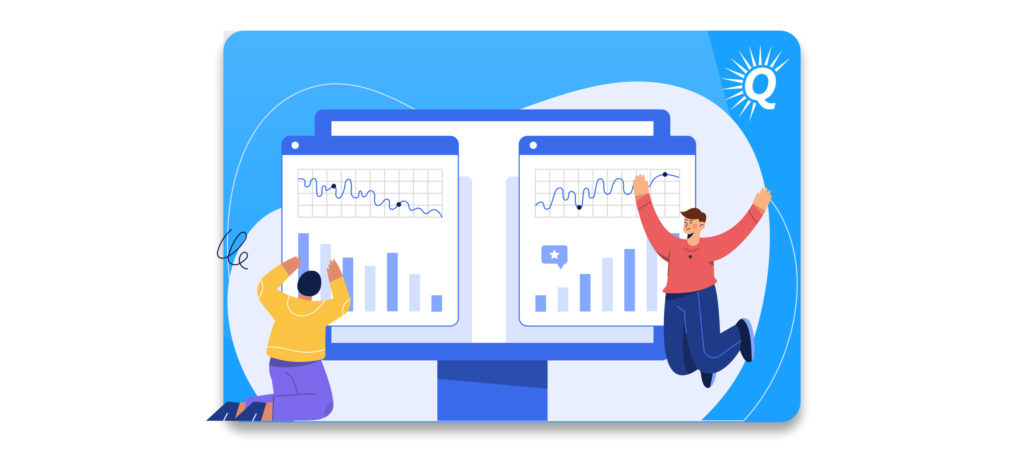

8 Kinds of Amazon FBA Fulfillment & Seller Fees You Must Know
By Ian Drogin
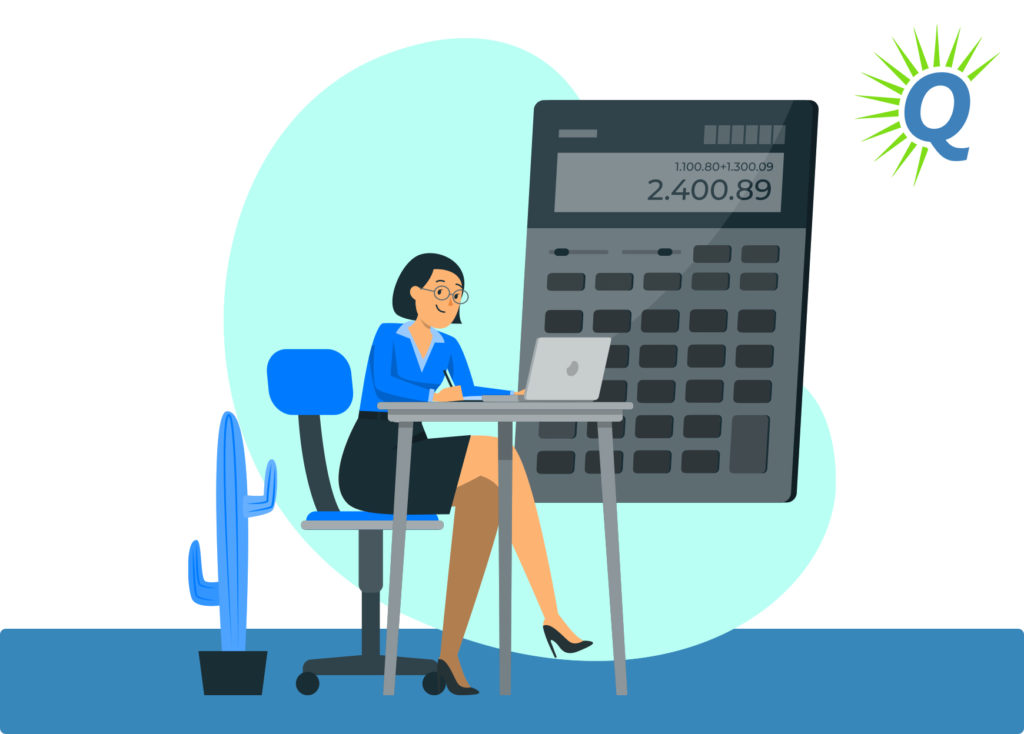

FBA seller and fulfillment fees are often the largest expenses in Amazon FBA businesses. Therefore, it’s essential that you understand how the various FBA fees impact your profitability.
This article will explain the various FBA seller and fulfillment fees that you need to be aware of in your Amazon business. We will also provide some simple steps that can help you reduce FBA fees in your business.
Thinking of Selling Your Business?
Get a free, individually-tailored valuation and business-readiness assessment. Sell when you're ready. Not a minute before.
How to Calculate Amazon FBA Seller Fees
There are two general approaches for calculating your Amazon FBA seller and fulfillment fees. These include:
- Use the Amazon revenue calculator
- Research each of the fees yourself
There are both pros and cons for each of these methods.
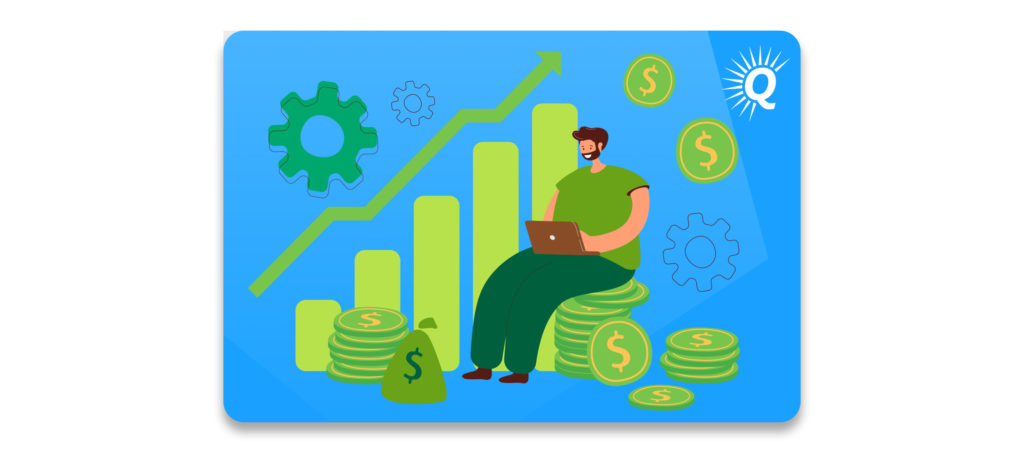

Pros of Using the Amazon Revenue Calculator
The Amazon revenue calculator is the simplest and most straightforward way to calculate FBA fees for most Amazon businesses. This is true for both existing products as well as products that you haven’t yet launched.
“With just a few clicks, the FBA revenue calculator can tell you a breakdown of the various fees and costs associated with selling the product.”
To calculate the FBA fees for an existing product, start by entering the ASIN into the calculator. Then, enter your estimated inventory and shipping costs, along with your estimated sales volume and inventory storage quantity.
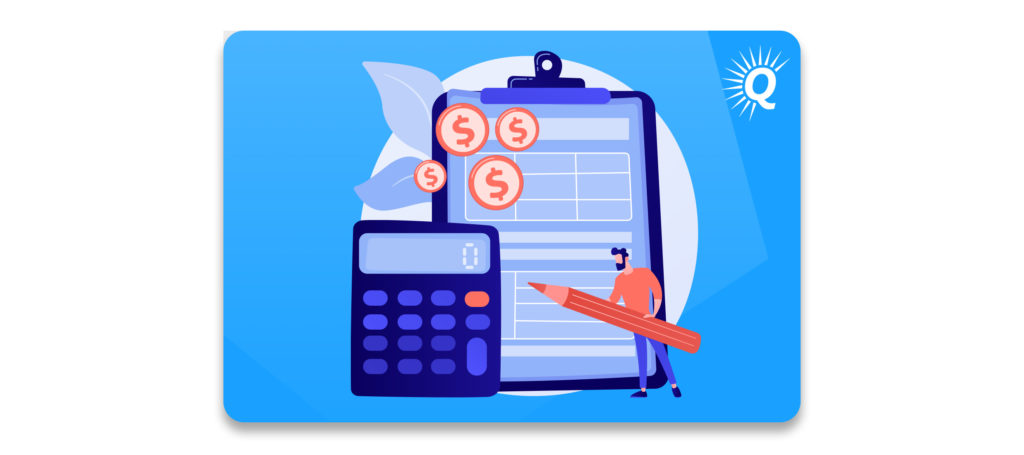

With just a few clicks, the FBA revenue calculator can tell you a breakdown of the various fees and costs associated with selling the product. It will even display your profit margin based on the figures you entered.
For products that you haven’t yet launched, you’ll need to do a little more work.
Estimating FBA Fees for New Products
For products that aren’t yet live on Amazon, you’ll need to enter a bit more information including the spatial dimensions and weight of each product. Doing so will probably require that you get quotes from suppliers.
Once you’ve entered the requisite information, the calculator will display the associated FBA fees.
The FBA revenue calculator also allows you to enter product and fulfillment information for Fulfillment by Merchant (FBM). This allows you to run a comparison for FBA versus FBM.
Buy a Profitable Online Business
Outsmart the startup game and check out our listings. You can request a summary on any business without any further obligation.
Cons of Using the Amazon Revenue Calculator
The main con of using the Amazon revenue calculator is that it can be a bit limiting when it comes to actually understanding the FBA fee structure. Although it can quickly provide an estimate of your total fees, it doesn’t tell you how each fee is calculated.
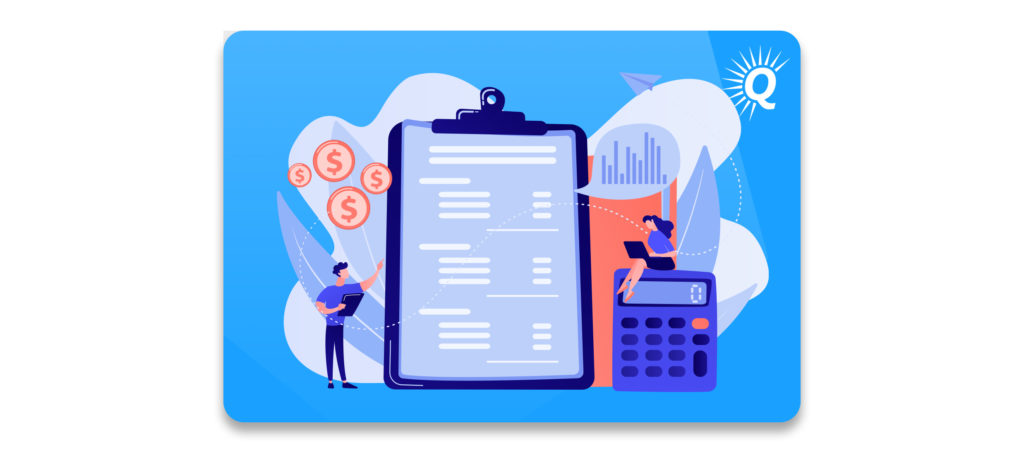

Without understanding a breakdown of the various FBA services, it can be difficult to develop products that minimize the associated FBA fees. For example, without looking at a chart that shows the incremental changes in fees based on size and weight, it’s hard to understand how much various products will actually cost before they’re produced.
In addition to using the Amazon FBA fee calculator, owners should also seek to understand FBA fees on a deeper level.
True Cost of Amazon FBA Fees
Plugging numbers into the FBA calculator is a great place to start, but smart sellers generally want to know the fee breakdown structure.
There are two general “fee categories” that sellers should be aware of. Within each of these, there are four separate “core fees”.
The two fee categories include selling fees and FBA fees.
Core selling fees:
-
- Referral fees
- Subscription fee
- Per-item selling fee
- Closing fee
Core FBA Fees:
-
- FBA fulfillment fees
- Monthly inventory storage fees
- Long-term storage fees
- FBA disposal order fees
Below, we’ll go into more detail about each of the core fees included in these two categories.
Core Selling Fees
Selling fees are those that are related to the process of selling a given product. Essentially, these are the fees that Amazon charges for letting you use the platform and generate internal traffic.
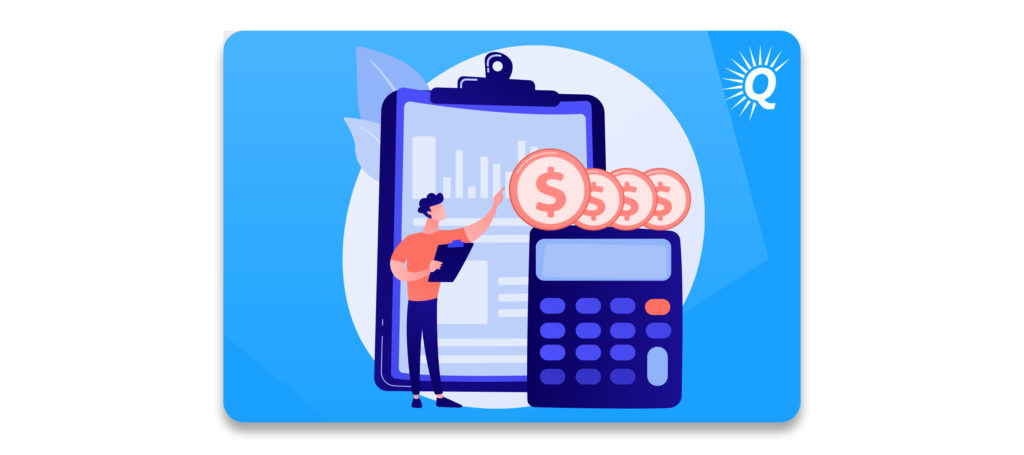

According to Amazon’s Selling on Amazon fees guide, there are four core selling fees. These include:
- Referral fees
- Subscription fee
- Per-item selling fee
- Closing fee
Referral Fees
All products on Amazon are subject to a referral fee, which is deducted from the total sales price paid by the customer. This is determined based on a percentage of the sales price, which is generally around 15%. However, the exact percentage varies by product category.
You can think of referral fees as a “commission” that you must pay to Amazon for the traffic it provides. The minimum referral fee for a product is generally 30 cents.
Monthly Subscription Fee
If you’re just starting a new FBA business, the monthly subscription fee is probably the first Amazon fee that you’ll encounter.
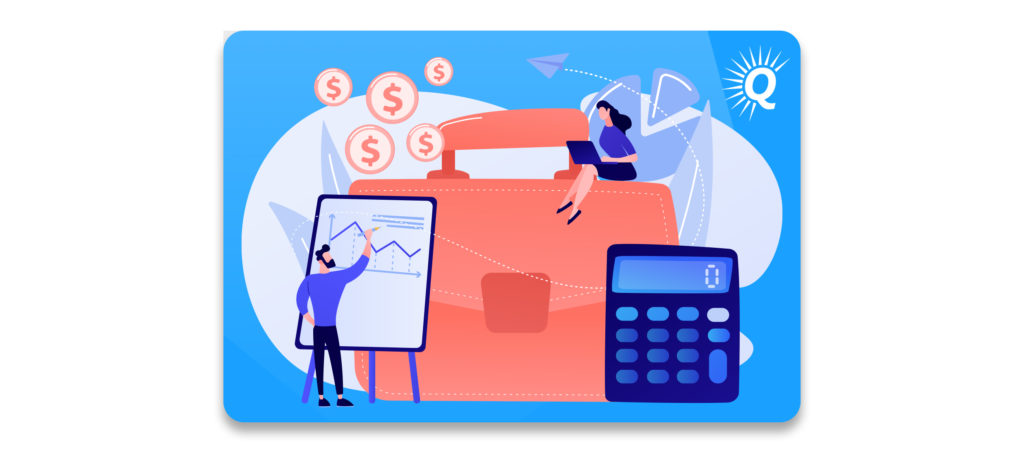

To effectively sell on Amazon, you’ll want to enroll in Amazon’s professional selling plan. By doing so, you’ll gain access to a variety of tools and features, including:
- Amazon Marketplace Web Services (Amazon MWS)
- Bulk listings
- Business reports
- Customizable shipping rates
- Top placement eligibility
A professional selling plan generally costs $39.99 per month. However, it can vary based on the global marketplaces on which you are selling.
Per Item Selling Fee
Some new Amazon sellers try to save a little money by not enrolling in a professional selling plan. For such owners, the individual selling plan is the alternative.
Although the individual selling plan allows you to avoid the monthly subscription fee, it also makes all of your sales subject to the per item selling fee of 99 cents per unit sold.
Closing Fee
Media items are subject to a closing fee (aka variable closing fee) of $1.80 for each item sold.
Items in the following categories are subject to Amazon’s closing fee:
- Software and Computer/Video Games
- Music
- Books
- DVD
- Video Game Accessories
- Video Game Consoles
The closing fee is a fixed rate fee that is charged to your seller account at the time the order is shipped.
Core FBA Fees
FBA fees are related to fulfilling orders through Amazon FBA. In other words, these are not fees related to selling products. Rather, they are for actually getting your products into the hands of your customers.
There are four core FBA fees:
- FBA fulfillment fees
- Monthly inventory storage fees
- Long-term storage fees
- FBA disposal order fees
FBA Fulfillment Fees
This is a per-item fee that Amazon charges to ship your products to your customers.
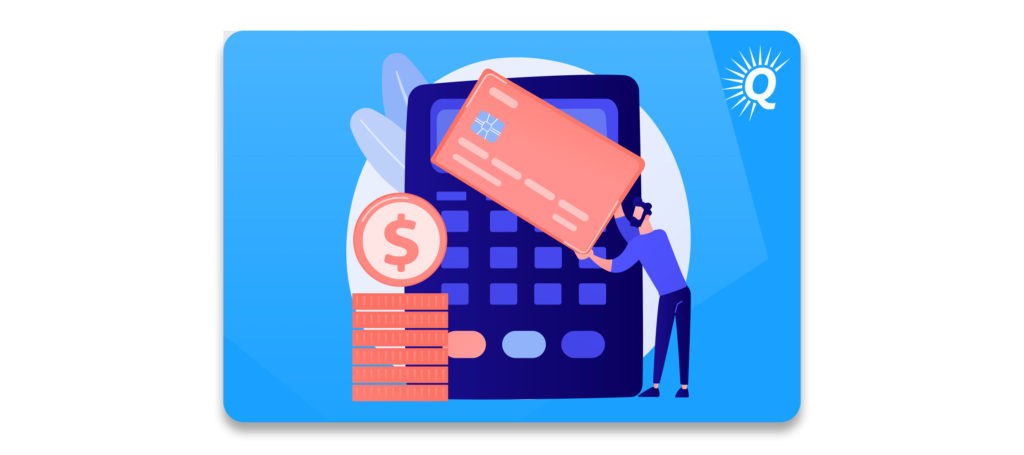

There can be a great variance in products’ FBA fulfillment fees based on category, size tier, and shipping weight. Therefore, you want to pay close attention to how much your FBA fulfillment fees will be before developing new products.
“The FBA fulfillment fee is a per-item fee that Amazon charges to ship your products to your customers.”
A product’s size tier is based on its dimensions and weight. Size tiers are defined differently for different categories, so it’s important to identify where your particular products fit into the equation.
Monthly Inventory Storage Fees
Monthly storage fees are charged based on the amount of space your inventory takes up at Amazon’s fulfillment centers. There are several factors that go into determining what the monthly inventory storage fee is for a particular product:
- Daily average volume measured in cubic feet
- Time of the year
- Product category
Most product categories have the same or similar monthly inventory storage fees. However, dangerous goods (as classified by Amazon) will be subject to different rates.
Amazon charges monthly inventory storage fees for the space your inventory occupies in fulfillment centers. Storage fees are based on the daily average volume (measured in cubic feet), as measured by the unit size when properly packaged.
Long-Term Storage Fees
Amazon doesn’t look favorably upon products that are sitting in its warehouses and have low sales volume.
The company assesses a long-term storage fee on all inventory that has been in an Amazon warehouse for more than 365 days. Long-term storage fees are charged monthly and are assessed on the 15th of each month.
FBA Disposal Order Fees
Sometimes, it’s necessary to have Amazon dispose of products that are just sitting in a fulfillment center. When such a situation arises, Amazon charges a disposal fee.
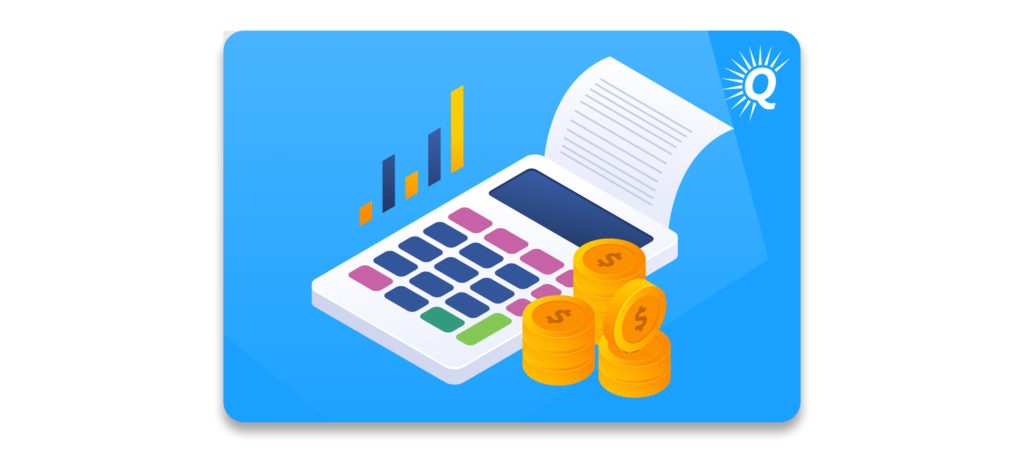

As an alternative to having Amazon dispose of your product, you can also submit a removal order. A removal order is essentially a request to have your inventory removed from FBA and sent to the location of your choosing.
Now that we’ve provided an overview of the various fees, let’s explore how you can minimize FBA fees in your Amazon business.
How to Save on Amazon FBA Fees
Many sellers view Amazon fees as an element that is completely out of their control. While it’s true that specific fee rates are out of your control, there is still a lot that you can do to minimize FBA fees in your business.
Below, we’ll discuss three important ways to minimize FBA fees in your Amazon business:
- Ensure accuracy
- Inventory optimization
- Product development
“While it’s true that specific fee rates are out of your control, there is still a lot that you can do to minimize FBA fees in your business.”
Ensure Inventory Reporting Accuracy
One of the simplest ways to minimize Amazon fees is to ensure that your products are accurately recorded by Amazon.
Amazon certainly has impressive logistics and management systems in place, but they’re not impeccable. In fact, it’s not entirely uncommon for them to be mistaken when it comes to recording inventory for storage and fulfillment.
Here are a few mistakes that can impact the fees that your products are subject to:
- Incorrect product category placement
- Inaccurate size assessments
- Mistakes with storage dates
The easiest mistake to identify is product category placement. If you’re selling a product that belongs in one category but gets placed in a category with more expensive fees, you’ll end up paying more to Amazon.
Typically, this issue can be resolved by contacting Amazon directly.
Incorrect Size Assessment
Just as products can be placed in the wrong category, they can also be assessed at an incorrect size. For example, if your product weighs nine ounces but is recorded as 11 ounces, it could make a difference in how much you pay in fees.
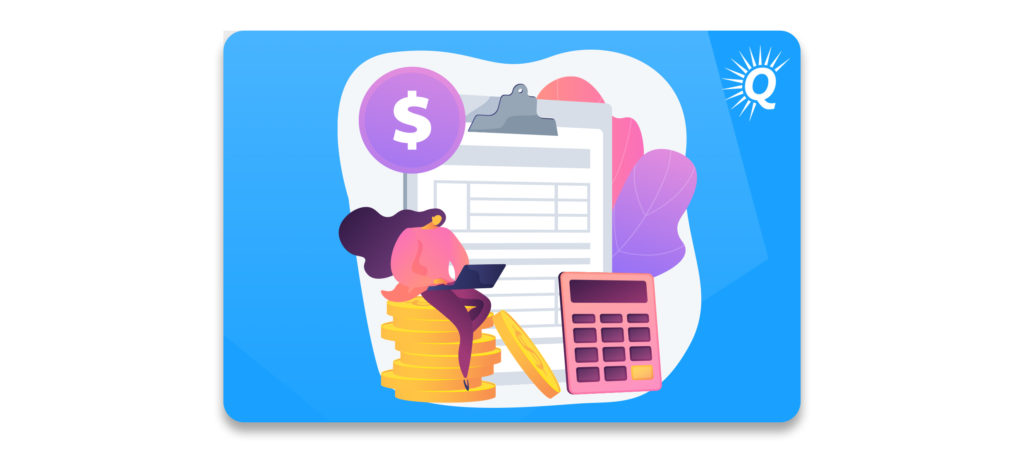

Making sure your products are assessed at their true weight and dimensions is both important and pretty straightforward. A lot of sellers never think to look at such details, but they can make a big difference.
Similarly, it’s important to make sure that Amazon is not charging you long-term storage fees for inventory that hasn’t been in storage for more than 365 days.
Inventory Optimization
Effective inventory management practices are essential when it comes to minimizing Amazon FBA fees. If you’re not keeping a close eye on inventory performance, you’re setting yourself up to lose money unnecessarily.
“Effective inventory management practices are essential when it comes to minimizing Amazon FBA fees.”
A few important ways to avoid excessive FBA fees through effective inventory optimization practices include:
- Not storing excessive inventory
- Maintaining a tight supply chain
- Avoiding long-term storage fees
Managing a Tight Supply Chain
Certain fees are inevitable, such as the Amazon referral fee. However, others are more easily avoidable through careful inventory management practices.
“Through accurate sales forecasting, it’s possible to minimize the amount of inventory you need to store at Amazon warehouses, thereby not storing excessive inventory.”
To minimize the FBA storage fee for each product, smart sellers pay close attention to their sales volume and order just enough inventory to satisfy demand for the upcoming period. Through accurate sales forecasting, it’s possible to minimize the amount of inventory you need to store at Amazon warehouses, thereby not storing excessive inventory.
Short Lead Times
In addition to keeping a close eye on sales, it’s also extremely valuable to find suppliers who can offer short lead times. Amazon and e-commerce stores that can quickly replenish inventory have a significant advantage when it comes to avoiding excessive FBA fees.


Avoid Long-Term Storage Fees
Long-term storage fees can drastically increase the total Amazon fees that your business is subject to. Therefore, avoiding them should be a high priority for all Amazon sellers.
To avoid long-term storage fees, it’s important to pay close attention to when they’ll be assessed. If one of your products is approaching the 365-day mark, it might be a good idea to submit a disposal or removal order in order to avoid getting hit with a hefty long-term storage fee.
Developing Products with FBA Fees in Mind
So far, we’ve talked about strategies for minimizing FBA fees for products that are already live on the Amazon platform. In addition, it’s a wise idea to start thinking about fees when you’re still in the product development phase.
There are a few different steps you can take to minimize FBA fees for new products:
- Sell in categories with lower FBA fees
- Sell smaller products
- Choose products and suppliers that have shorter production lead times
Choosing Product Categories
If you’re starting from scratch, it’s worth looking at the FBA fees for products in various categories. For example, if you’re trying to decide between selling in camera and photo versus clothing and accessories, you’ll probably find it interesting to learn that the former category has an 8% referral fee while the latter is 17%.
By choosing to sell in product categories with lower FBA fees, it’s easier to reduce your total cost. For all sellers, minimizing fees is an important part of maximizing income.
Size Considerations
Size is one of the most critical elements that determine a product’s FBA fees. As common sense suggests, larger products generally have higher fulfillment fees than those that are smaller.


Although it’s hard to escape higher FBA fees for larger products, it’s still important to look at the product’s exact weight and dimensions. Because Amazon’s size tiers have specific cutoff points (6 ounces, 12 ounces, 16 ounces, etc), there are situations in which reducing a product’s weight by one or two ounces can drop your product into a lower tier.
“Size is one of the most critical elements that determine a product’s FBA fees.”
It’s important to note that smaller products generally encounter more competition than larger products. Therefore, even though larger products have higher FBA fees, it can often still be worth selling them.
Running a Lean FBA Business
Above, we talked about the benefits of short lead times, but this point can’t be stressed enough. Short production lead times allow you to minimize inventory storage fees.
“By negotiating favorable supplier agreements and shorter lead times, Amazon sellers can minimize inventory storage costs.”
When a new FBA seller starts communicating with suppliers, it’s not uncommon for them to make their selection based primarily on price. While cost is certainly important, it’s also a wise idea to consider how long it takes for suppliers to produce various quantities of inventory.
By negotiating favorable supplier agreements and shorter lead times, Amazon sellers can minimize inventory storage costs.
How to Estimate Your Amazon FBA Sales Costs
The easiest way to estimate your Amazon fees is to enter your product information in the Amazon revenue calculator.
Another way to estimate your fees is to look at the exact fee rates for each of the fees to which your product is subject. Fortunately, Amazon provides this information to the public, making it easy to manually calculate your Amazon seller and FBA fees.
Double-Checking Your FBA Fees
As mentioned above, Amazon does make mistakes with its FBA fees. Because of that, it’s a wise idea to periodically perform your own fee calculations to ensure you aren’t paying excessive Amazon fees. Unlike dealing with scams, Amazon will correct the situation if issues are brought to the company’s attention.
Planning Ahead
Since fees are often a significant cost for most Amazon businesses, it’s a good idea to carefully consider each fee that your products may be assessed.
Whether you’re implementing a four-year plan for your business, or are getting ready for an eight-figure exit, following these steps will put you in a much better position to manage your cash flow effectively and maximize your profits.
Thinking of Selling Your Business?
Get a free, individually-tailored valuation and business-readiness assessment. Sell when you're ready. Not a minute before.





